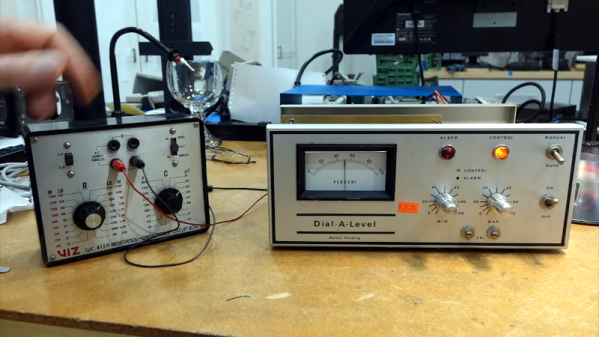What a long, strange trip it’s been for NASA astronauts Suni Williams and Bruce Wilmore, who finally completed their eight-day jaunt to space after 289 days. The duo returned to Earth from the ISS on Tuesday along with two other returning astronauts in a picture-perfect splashdown, complete with a dolphin-welcoming committee. For the benefit of those living under rocks these past nine months, Williams and Wilmore slipped the surly bonds way back in June on the first crewed test flight of the Boeing Starliner, bound for a short stay on the ISS before a planned return in the same spacecraft. Alas, all did not go to plan as their ride developed some mechanical difficulties on the way upstairs, and so rather than risk their lives on a return in a questionable capsule, NASA had them cool their heels for a couple of months while Starliner headed home without them.
There’s been a lot of talk about how Butch and Suni were “stranded,” but that doesn’t seem fair to us. Sure, their stay on the ISS was unplanned, or at least it wasn’t Plan A; we’re sure this is always a contingency NASA allows for when planning missions. Also unfortunate is the fact that they didn’t get paid overtime for the stay, not that you’d expect they would. But on the other hand, if you’re going to get stuck on a work trip, it might as well be at the world’s most exclusive and expensive resort.

















